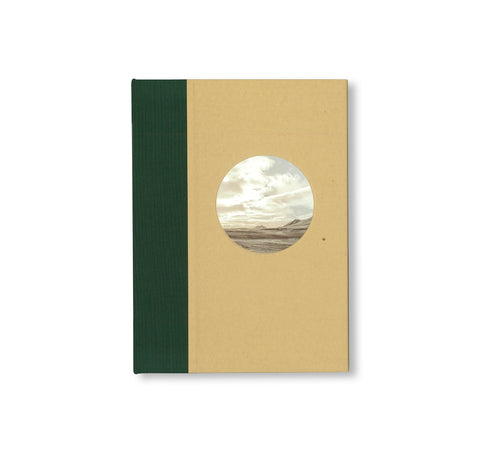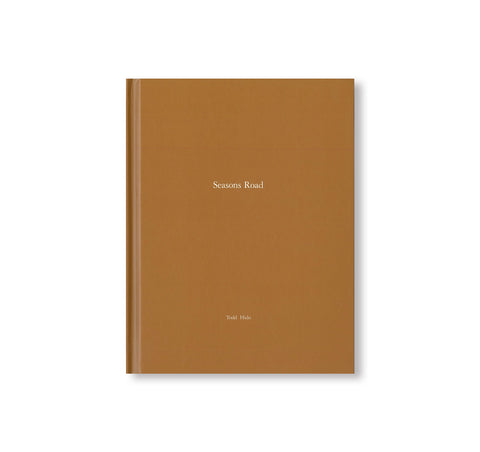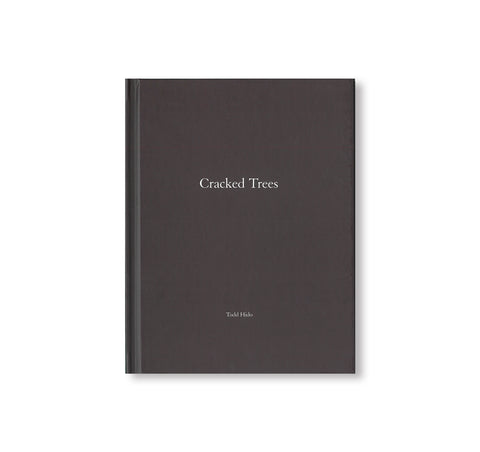OUTSKIRTS by Todd Hido [DELUXE EDITION]
アメリカ人フォトグラファー、トッド・ハイド(Todd Hido)の作品集。作者の象徴とも言える作品であり、長らく絶版となっていた自身にとって2作目の作品集『OUTSKIRTS』のリマスター版である。2019年に発売された『HOUSE HUNTING』の復刻版と同様に、出版社である「NAZRAELI PRESS」と作者が綿密に制作し、可能な限り忠実にオリジナルを再現した。より正確な色の表現、トーンや再度の微妙なニュアンスにより、印刷の品質は元のものよりも高いものとなっている。本作は、オリジナル版を手に入れられなかった図書館やコレクションにとって重要な資料となり、前作に続きアート界において作者の地位を確固たるものとしたと言えよう。
本デラックス版には、『OUTSKIRTS』シリーズより抜粋したプリントが付属。展覧会で使用するプリントと同等の品質で制作されている。書籍はサイン入り。
「写真を撮りたいと思ったら、誰かの家のドアを叩いて許可を得たりはしません」とトッド・ハイドは言う。私は助手席に陣取って、彼の撮影ドライブに付き合ったことがある。幹線道路から脇道に入り、いわゆる「風光明媚」と程遠いルートを行く。名もない道をドライブして、アメリカの「どこにでも」そして最も重要なことだが、「どの時代にも」ありそうな風景を選ぶので、そこがどこなのかはどうでもいい。ハイドは何かを探している。彼は「貪欲に」探し求めているという。「それが何かははっきりと言えないとしても」
一方、2001年に出版された「House Hunting」は、「歴史の中のある特定の瞬間のある特定のアメリカ」のポートレイトである。そこに写っているのは、経済的に抑圧された場所、恥ずかしい秘密を隠しきれていない暗くて空っぽの家、あるいは明かりが灯っているのに温かみを微塵も感じさせない家である。それと同時にこの作品は、アメリカ -具体的には第二次世界大戦後ならいつの時代のものでもおかしくないアメリカの郊外- のポートレイトである。そしてそこには、かつてアメリカンドリームを象徴していた白い木の柵から剥がれ零れ落ちた白いペンキの破片が生々しく描かれている。
ハイドの作品には、彼がオハイオ州ケントで過ごした70年代の青春が反響している。ケントは、ベトナム戦争に反対するデモの最中にオハイオ州防衛隊によって学生4名が射殺されたことで有名な町である。ハイドのイメージは、それを撮った写真家との関係性ではなく、ほぼ全ての鑑賞者につながりや共感を呼び起こす能力と共鳴している。これらの写真は控えめで、感情と歴史に満ち満ちているのに何も語ろうとはしない。
「私が夜に家の写真を撮るのは、その中にいる家族について想像を巡らせるからです」とハイドは教えてくれた。「そこで人々がどのようにして生活しているのか考えます。私にとって家の写真を撮ることは瞑想の1つの形です」このため「House Hunting」は、答えよりも問いかけに近い、答えのでない堂々巡りになっている。
これらの写真が存在するということは、写真家がこっそりと覗き見たはずだと思われるかもしれない。しかしハイドは、そのような秘密主義を否定している。暗闇で撮影する時でさえ、こそこそ身を隠すようなことはしないという。警察を呼ばれた時は、写真家と犯罪者の違いをはっきりと説明する。「公共の場で写真を撮ることは許されています」と彼は言う。「非常に多くの人々が、自分の家の周りは当然プライベートな空間だと思っていることは興味深い事実です」ハイドはこの偽りのプライバシーの感覚を強調し、増幅することで大きな仕組みにできた裂け目を露わにする。
「House Hunting」のサイズを43 x 35 cmにすることを出版者に提案されたハイドは戸惑ったという。「それが果たしていいのかどうか分かりませんでした。本が歪んでしまったり、本棚に突っ込まれたりしてほしくないと思いました」しかしこのサイズ感にしたことで、鑑賞者は自然とハイド自身が注意深く選び、編集した26点の写真にしっかりと向き合うことになった(写真集を作るときは必ずハイド自身がイメージの選択と編集を行っている)。
内容を意図的に縮小することで、ハイドは1つ1つの写真の意味と役割の決定的な重要性を示した。写真を本という“もの”として体験することは、感情面の体験を補強する。こうして「House Hunting」の相棒として、全く同じサイズ、形、ページ数の「Outskirts」が2002年に出版されることになった。
– Katya Tylevich(アート/フィクションライター), Outskirts (2002)
レギュラーエディションはこちら
スペシャルエディション(スリップケース&サイン入り)はこちら
TALK & BOOK SIGNING:
【トークイベント&サイン会】トッド・ハイド(写真家)× クリス・ピヒラー(Nazraeli Press代表)
日程:2025年10月11日(土)
時間:13:00 - 14:30(トーク)、14:30 - 15:30(サイン会)
開催場所:銀座 蔦屋書店 BOOK EVENT SPACE
ゲスト:トッド・ハイド(写真家)、クリス・ピヒラー(Nazraeli Press)
詳細
※本イベントは終了いたしました
A newly remastered edition of Todd Hido’s iconic and long-out-of-print second monograph, Outskirts. As with our new edition of House Hunting released in 2019, we collaborated closely with the artist to achieve the highest possible fidelity reproductions. Printed on heavy weight matte art paper, our new printing of Outskirts surpasses the original printing with more accurate color rendition and subtle nuances in tone and saturation. It will be an important addition to libraries and collections lacking access to the elusive 2002 edition, which itself solidified Hido’s position in the art world following on the hels of his groundbreaking first monograph, House Hunting.
‘If you want to take a photo, you don’t knock on someone’s door to ask permission,’ Todd Hido says. I’ve tagged along on one of his drives, sitting shotgun as he pulls off of main roads to take the ‘unscenic’ routes, so to speak. It doesn’t matter the city we’re in, because he drives along the anonymous streets, choosing views that could be ‘anywhere’ in America, and, more importantly, ‘at any time.’ As always in his process, Hido is in search of something — ‘insatiable’ in that search, he says, ‘even if I can’t name exactly what I’m looking for.’
Published in 2001, House Hunting is, on the one hand, a portrait of a certain America at that specific moment in history: this is an economically downtrodden place, dark and empty homes with the dirty laundry barely packed, or homes with the lights on but radiating no warmth. Simultaneously, this is a portrait of America — and specifically, suburban America — from any contemporary post-war decade: a raw look at white paint chipping off of picket fences.
Hido’s work has echoes of the ’70s adolescence he spent in his hometown of Kent, Ohio, a city scarred by the 1970 shooting of four college students by the Ohio Army National Guard during a Vietnam War protest. Then again, the images resonate less for their relationship to the photographer and more for their ability to connect and identify with almost any viewer. These are reserved photographs, overwhelmed with emotion and history, but reluctant to say a word.
‘I take photographs of houses at night because I wonder about the families inside them,’ Hido tells me. ‘I wonder about how people live, and the act of taking that photograph is a meditation.’ House Hunting, therefore, is more question than answer. A rumination without resolution.
It would seem that in order for these pictures to exist, the photographer would need to be a voyeur, but Hido denies secrecy. He says he keeps himself obvious, even when shooting in the dark. When somebody calls the police, he is quick to make the distinction between photographer and criminal. ‘You’re allowed to take pictures in public,’ Hido says. ‘It’s interesting that so many people regard their surroundings as inherently private. Hido heightens that sense of false privacy. Amplifies it, to show the cracks in the edifices.
The scale of House Hunting, 17x13 inches (43x35 cm), initially gave the artist pause when proposed by the publisher. ‘I wasn’t sure about it. I didn’t want the book to end up crooked or shoved in someone’s bookshelf.’ Instead, the scale of the book demands a confrontation with its 26 carefully selected photographs, edited by Hido himself, a practice he insists on with each of his books. In so deliberately paring down the contents of House Hunting, Hido establishes how critical each photograph is in meaning and function. The physical experience of the photographs reinforces the emotional. In 2002, therefore, Outskirts was published as the companion book to House Hunting with the same size, shape, and page count.
– Katya Tylevich (arts and fiction writer), from Outskirts (2002)
![OUTSKIRTS by Todd Hido [DELUXE EDITION]](http://twelve-books.com/cdn/shop/products/outskirt_deluxe_00_62844ac9-7d5a-4f52-b3b0-caec9d51ed12.jpg?v=1629953091)
![OUTSKIRTS by Todd Hido [DELUXE EDITION]](http://twelve-books.com/cdn/shop/products/outskirt_deluxe_03_040c20b7-5af7-4b74-a621-b7f2941deb66.jpg?v=1629953091)
![OUTSKIRTS by Todd Hido [DELUXE EDITION]](http://twelve-books.com/cdn/shop/products/outskirt_deluxe_04_309f8781-dc09-45ea-b9ea-5c870ffcd9eb.jpg?v=1629953091)
![OUTSKIRTS by Todd Hido [DELUXE EDITION]](http://twelve-books.com/cdn/shop/products/outskirt_deluxe_05_c378baff-22df-4e39-94ce-1fc84cd4250b.jpg?v=1629953091)
![OUTSKIRTS by Todd Hido [DELUXE EDITION]](http://twelve-books.com/cdn/shop/products/Outskirts_00_fe06f792-59f1-4a2e-a4b7-7133beae949a.jpg?v=1629953091)
![OUTSKIRTS by Todd Hido [DELUXE EDITION]](http://twelve-books.com/cdn/shop/products/Outskirts_sign_ed9c3c3d-13a5-4c7d-bc58-6729fda52337.jpg?v=1629953091)
![OUTSKIRTS by Todd Hido [DELUXE EDITION]](http://twelve-books.com/cdn/shop/products/Outskirts_001_cbe6223a-d641-4b6e-9e8d-9c09be0a6543.jpg?v=1629953091)
![OUTSKIRTS by Todd Hido [DELUXE EDITION]](http://twelve-books.com/cdn/shop/products/Outskirts_002_1dd12225-4aab-4c11-8beb-843b1ed2ed0e.jpg?v=1629953091)
![OUTSKIRTS by Todd Hido [DELUXE EDITION]](http://twelve-books.com/cdn/shop/products/Outskirts_003_79f0b615-d6f9-4dcc-a84c-d72c7803706c.jpg?v=1629953091)
![OUTSKIRTS by Todd Hido [DELUXE EDITION]](http://twelve-books.com/cdn/shop/products/Outskirts_004_e21cd049-a5cc-46ca-9949-b491b3ccc6b5.jpg?v=1629953091)
![OUTSKIRTS by Todd Hido [DELUXE EDITION]](http://twelve-books.com/cdn/shop/products/Outskirts_005_f4da8ec8-4cd5-4646-a2de-e1e4df4dded3.jpg?v=1629953091)
![OUTSKIRTS by Todd Hido [DELUXE EDITION]](http://twelve-books.com/cdn/shop/products/Outskirts_006_df04137e-985b-4c1e-9c32-c38dded77f62.jpg?v=1629953091)
![OUTSKIRTS by Todd Hido [DELUXE EDITION]](http://twelve-books.com/cdn/shop/products/Outskirts_007_2e7d051c-afcd-4eaa-b81d-2a40d82745b2.jpg?v=1629953091)
![OUTSKIRTS by Todd Hido [DELUXE EDITION]](http://twelve-books.com/cdn/shop/products/Outskirts_008_70c28680-d160-4663-9269-91c27176e1d3.jpg?v=1629953091)
![OUTSKIRTS by Todd Hido [DELUXE EDITION]](http://twelve-books.com/cdn/shop/products/Outskirts_009_70523bf5-245b-4319-ad4d-379ab2724b70.jpg?v=1629953091)
![OUTSKIRTS by Todd Hido [DELUXE EDITION]](http://twelve-books.com/cdn/shop/products/Outskirts_011_3c75b28d-c648-41ae-941b-dcdef01bc632.jpg?v=1629953091)
![OUTSKIRTS by Todd Hido [DELUXE EDITION]](http://twelve-books.com/cdn/shop/products/Outskirts_012_6b15c98c-f94f-42eb-9c7a-fa1a34c26b79.jpg?v=1629953091)
![OUTSKIRTS by Todd Hido [DELUXE EDITION]](http://twelve-books.com/cdn/shop/products/Outskirts_100_506c820b-6143-4e92-82fa-05f2ec6c7b26.jpg?v=1629953091)
![INTIMATE DISTANCE: OVER THIRTY YEARS OF PHOTOGRAPHS, A CHRONOLOGICAL ALBUM by Todd Hido [REVISED AND EXPANDED EDITION / SIGNED]](http://twelve-books.com/cdn/shop/files/00_7ea3cbfd-3bf1-4630-92f0-9719b4c6b098_large.jpg?v=1758873363)
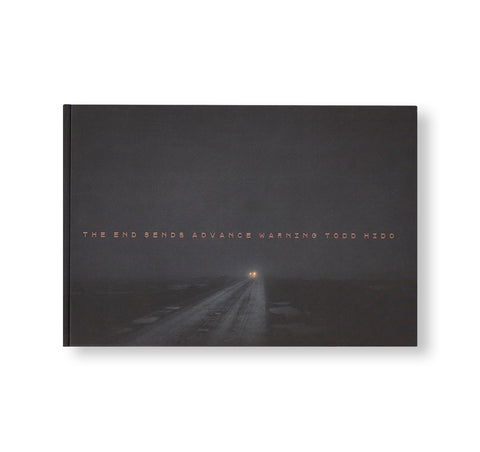
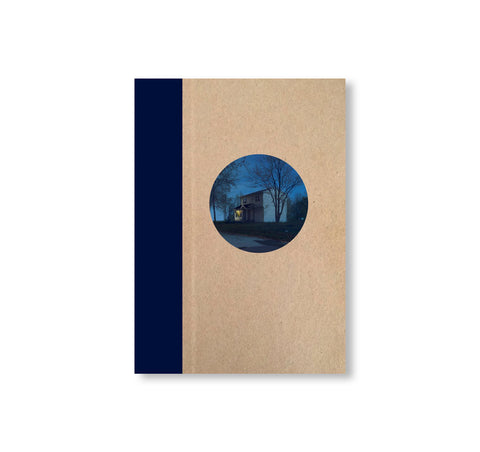
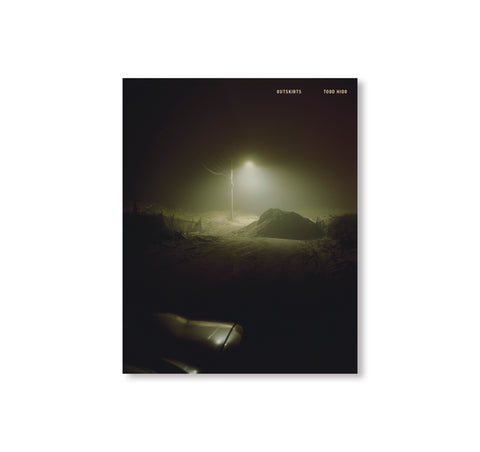
![OUTSKIRTS by Todd Hido [SPECIAL EDITION]](http://twelve-books.com/cdn/shop/products/Outskirts_00_ffa8cb4f-ec78-4cbb-8c1d-9fe224f9b938_large.jpg?v=1629952902)
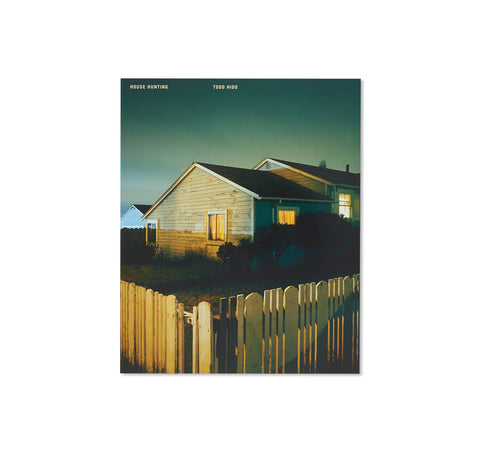
![HOUSE HUNTING by Todd Hido [DELUXE EDITION]](http://twelve-books.com/cdn/shop/products/191114_1971_2_large.jpg?v=1574603535)
![HOUSE HUNTING by Todd Hido [SPECIAL EDITION]](http://twelve-books.com/cdn/shop/products/200212_0565_large.jpg?v=1582866150)
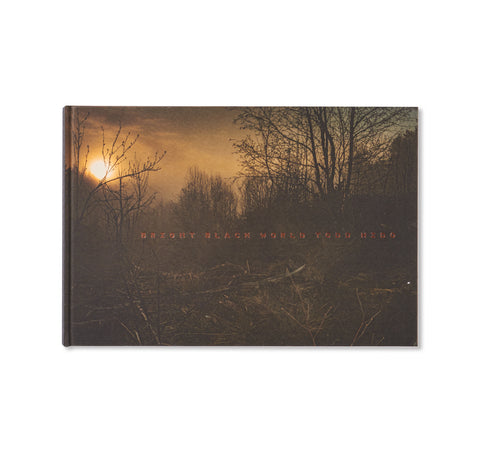
![A ROAD DIVIDED by Todd Hido [SIGNED]](http://twelve-books.com/cdn/shop/products/ard-1_large.jpg?v=1571703972)
![BETWEEN THE TWO by Todd Hido [FIRST EDITION]](http://twelve-books.com/cdn/shop/products/btt-1_large.jpg?v=1571703965)
![BETWEEN THE TWO by Todd Hido [SECOND EDITION]](http://twelve-books.com/cdn/shop/products/btt-1_0f27ce3e-85d6-4791-a9b4-80890a90a659_large.jpg?v=1571703965)
